Fix: WORKER_THREAD_RETURNED_WITH_BAD_PAGING_IO_PRIORITY
Ensure you have the latest version of Windows installed
5 min. read
Published on
Read our disclosure page to find out how can you help Windows Report sustain the editorial team. Read more

The WORKER_THREAD_RETURNED_WITH_BAD_PAGING_IO_PRIORITY with error code 0x00000129 points out issues in threading and I/O operations in a Windows environment. This error can indicate that a worker thread attempted to use an invalid setting for I/O priority, which controls how the system manages input and output operations.
This error might cause performance-related issues, such as a slow PC and high CPU usage. To fix it, first ensure you have the latest version of Windows installed. Then, run a malware scan using a reliable antivirus tool.
How can I fix the WORKER_THREAD_RETURNED_WITH_BAD_PAGING_IO_PRIORITY error?
1. Update the device driver
- Press Windows + R to open the Run console.
- Type devmgmt.msc and click OK to open Device Manager.
- You will get a list of system components. Click on them one by one to expand the category, and look for a driver with a yellow triangle and an exclamation mark inside it.
- Once located, right-click the driver and choose Update driver from the context menu.
- Click Search automatically for drivers.
- Follow the on-screen prompts to complete the process.
If there are multiple problematic drivers, you can follow the steps mentioned above to update the others. If Windows cannot find a driver for your device, you can download it manually from the manufacturer’s website. You can also download a reliable driver updater tool to install the latest version of the driver easily.
2. Run the SFC scan
- Press the Windows key, type cmd in the search box, and click Run as administrator to launch Command Prompt with administrative rights.
- Type the following command to scan and repair the corrupted system files and press Enter:
sfc /scannow - Wait for the command to execute, copy & paste the following command to repair the Windows OS files, and hit Enter:
DISM /Online /Cleanup-Image /RestoreHealth - Once the scan is complete, restart your computer to confirm the changes.
3. Run the CHKDSK scan
- Press the Windows key, type cmd in the search box, and click Run as administrator to launch Command Prompt.
- Type the following command to check the disk drive and fix any found errors and press Enter:
chkdsk C: /f - If your system drive is in use, you will be prompted to schedule the scan after the restart; type Y to agree and hit Enter.
Your computer will restart, and the scan will run automatically during the boot process. You can see the progress bar when it checks the drive.
4. Run the Windows Memory Diagnostic tool
- First, close all the tabs and save all the work on your computer, press the Windows key, type the windows memory diagnostic tool in the search box, and click Open.
- Select Restart now and check for problems.
- Your computer will restart, and the tool will check the RAM for the issues. A progress bar will appear on the screen to inform you of the scan status.
- Once the test is complete, your PC will reboot, and you will see the results after logging in.
- If you want to see the detailed results, launch Event Viewer, then go to Windows Logs > System. Look for events with the source named MemoryDiagnostics-Results.
5. Adjust paging file settings
- Press Windows + E to open the File Explorer window.
- Locate and right This PC, and select Properties from the context menu.
- Select the Advanced system settings link.
- Under Performance, click Settings.
- Go to the Advanced tab and select Change.
- Make sure the paging file is set to System managed size. If not, select it and click OK to save the changes.
6. Uninstall recently installed software
- Press Windows + I to open the Settings app.
- Go to Apps, then click Installed apps.
- Locate the app you recently installed, click the three-dot icon, and select Uninstall from the context menu.
- Click Uninstall again to confirm.
7. Restore your computer to the previous version
- Press the Windows key, type control panel in the search box, and click Open.
- Select Large icons for View by, then click Recovery.
- Click the Open System Restore link.
- On the System Restore window, select Choose a different restore point and click Next.
- Choose the restore point created before the WORKER_THREAD_RETURNED_WITH_BAD_PAGING_IO_PRIORITY appeared, then click Next.
- Click Finish to initiate the process.
Windows will reboot and restore your system settings to the chosen point. If you see the System Restore didn’t complete the error successfully, we suggest you check out this detailed guide for solutions.
In case you have encountered another BSoD error like Error_not_joined recently, so don’t miss it for more information.
In conclusion, to fix the WORKER_THREAD_RETURNED_WITH_BAD_PAGING_IO_PRIORITY BSoD error, you can update device drivers, uninstall recent software, restore your computer to the previous version, run a CHKDSK scan, and more.
If you have any suggestions or questions about the error, feel free to mention them in the comments section below.
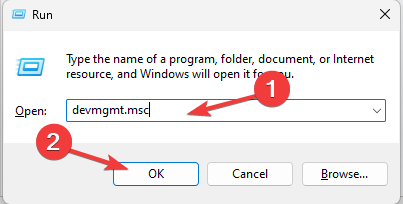
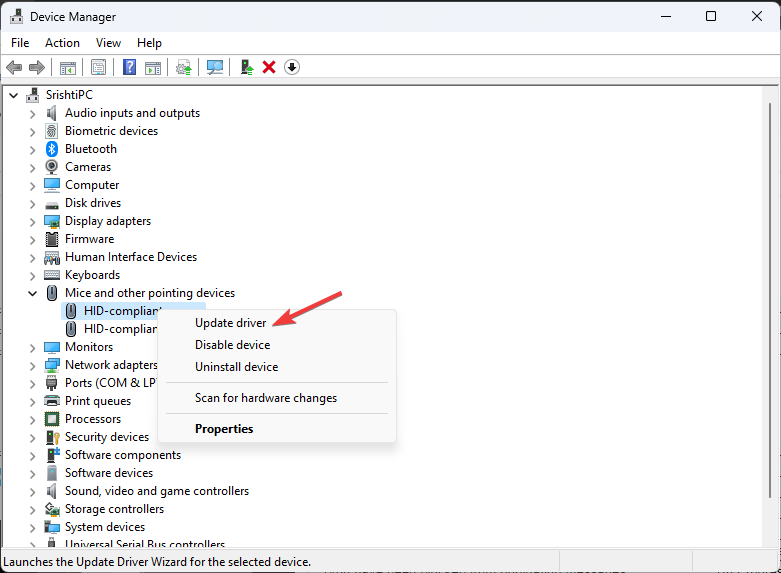

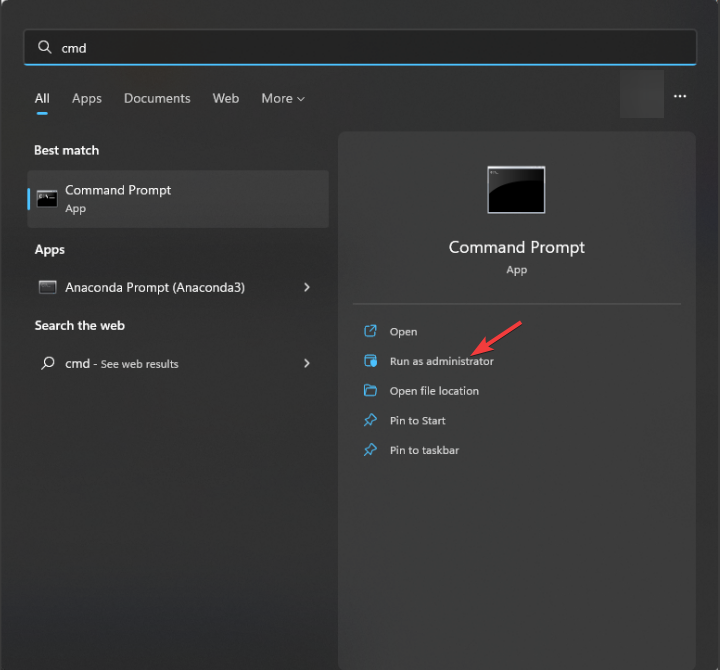
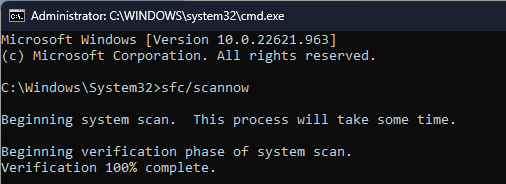

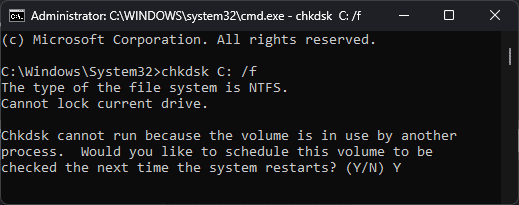
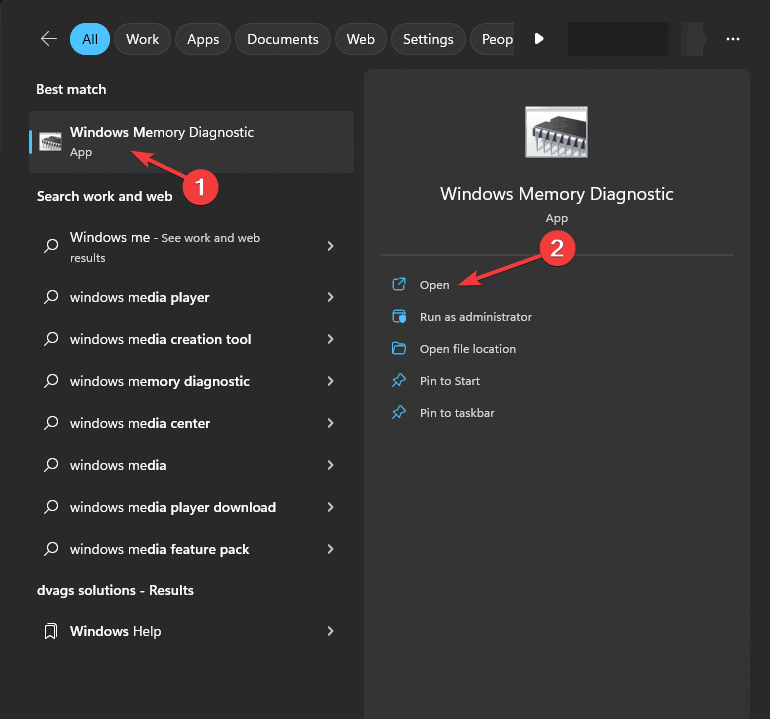
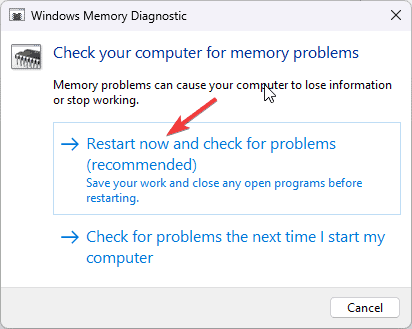
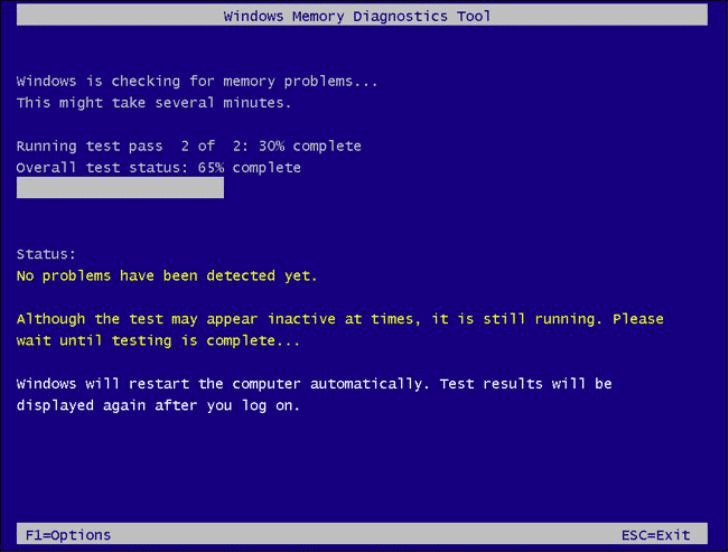




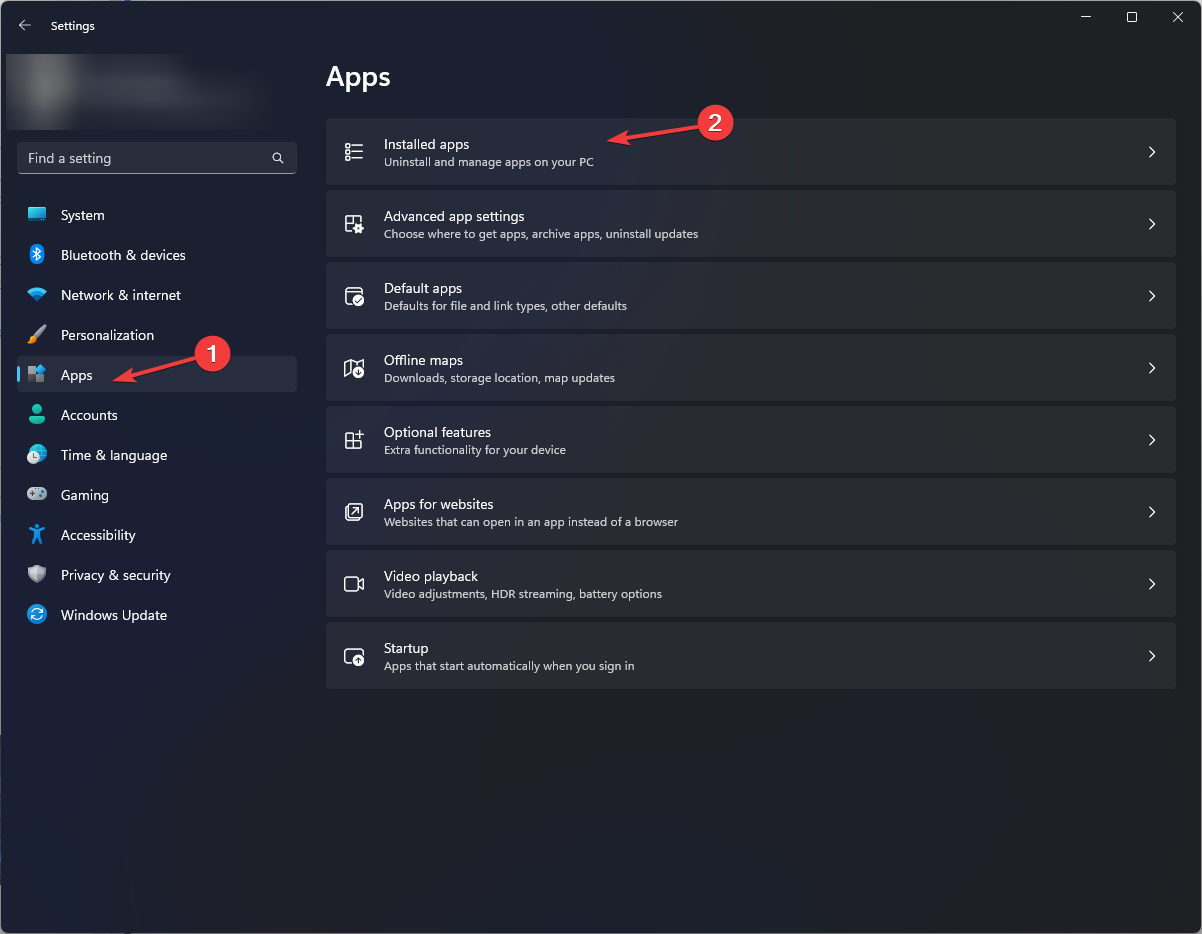
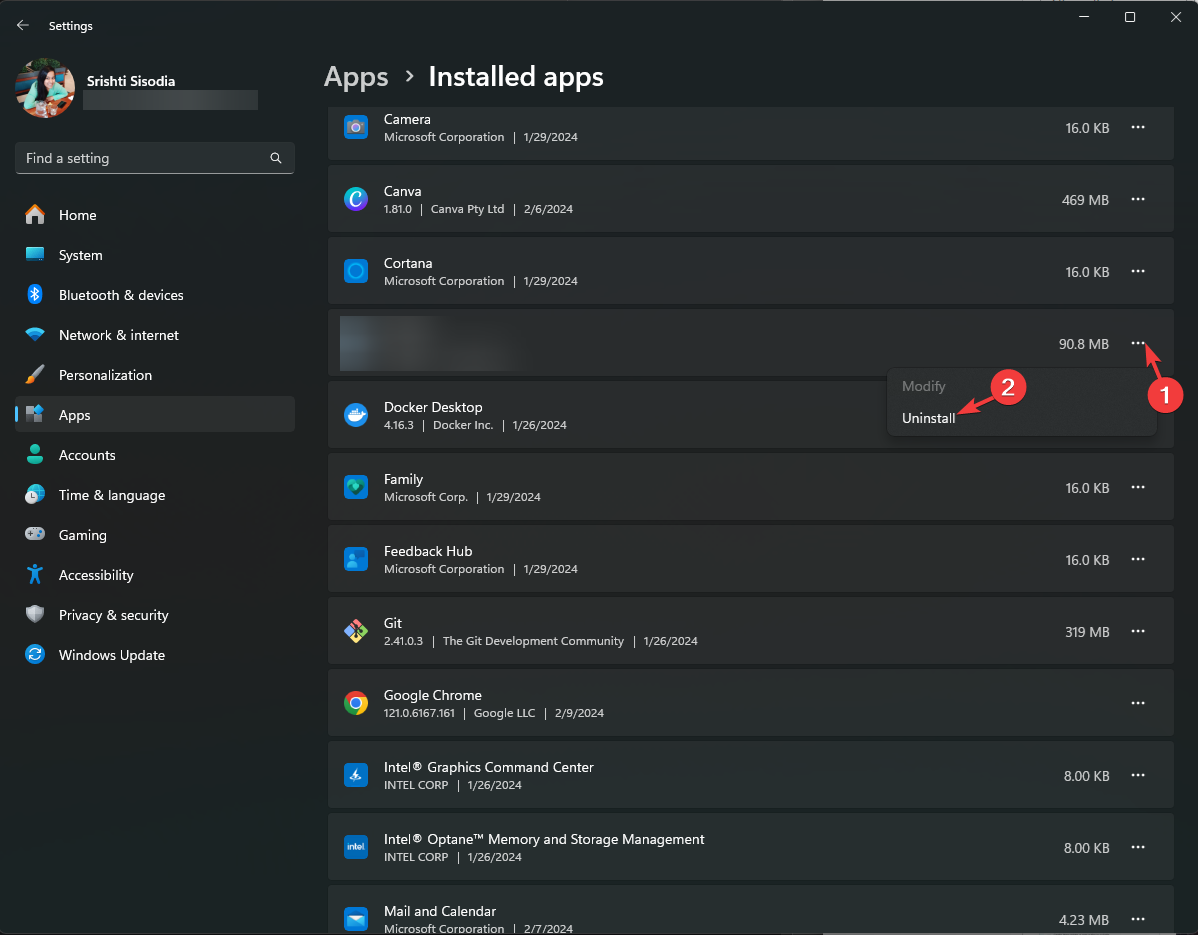

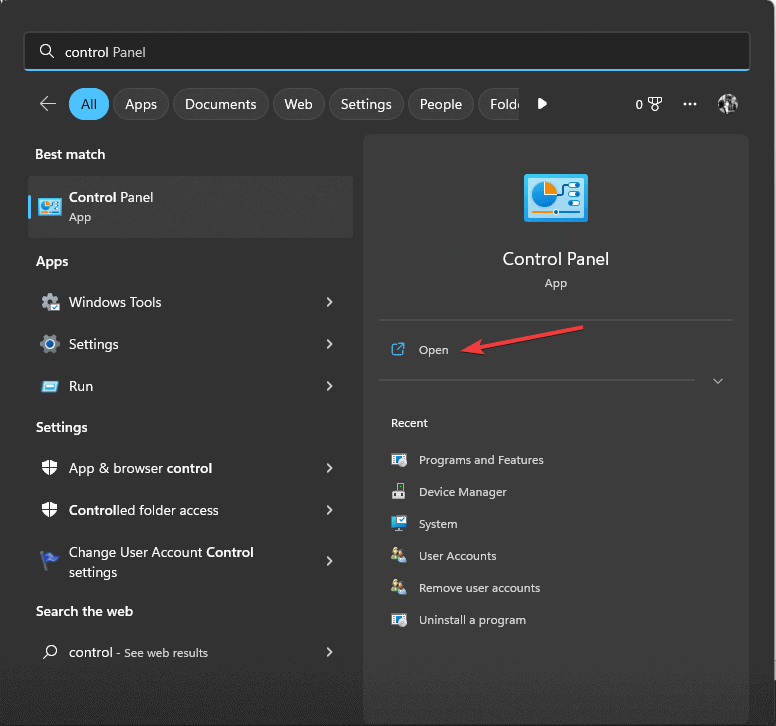

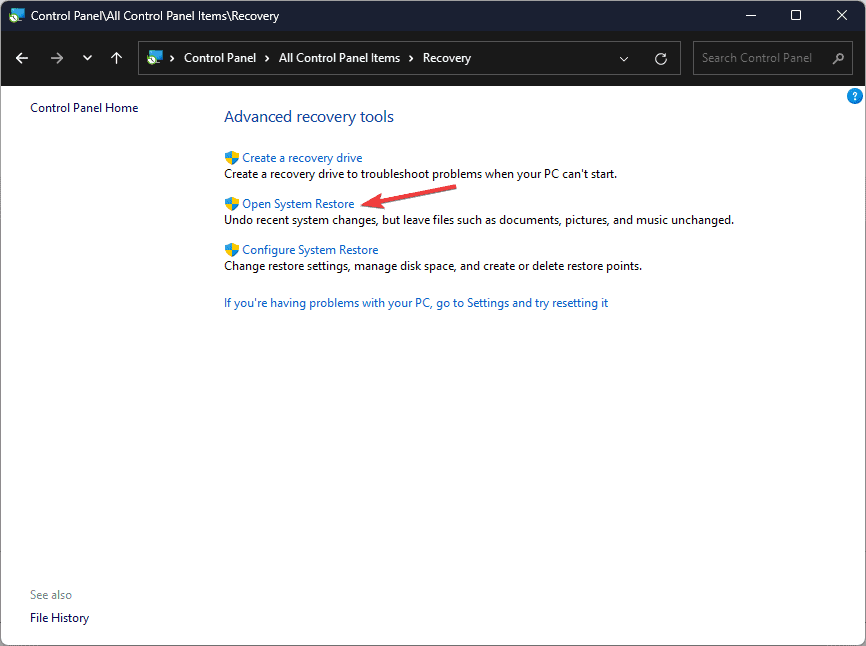
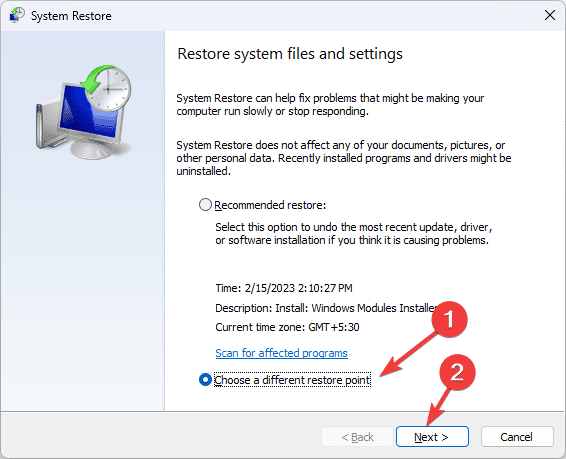
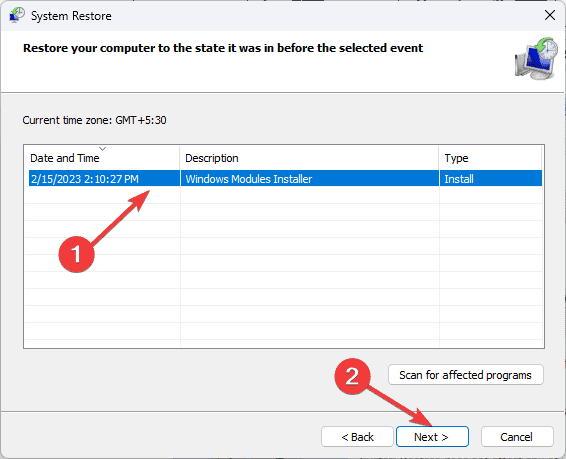
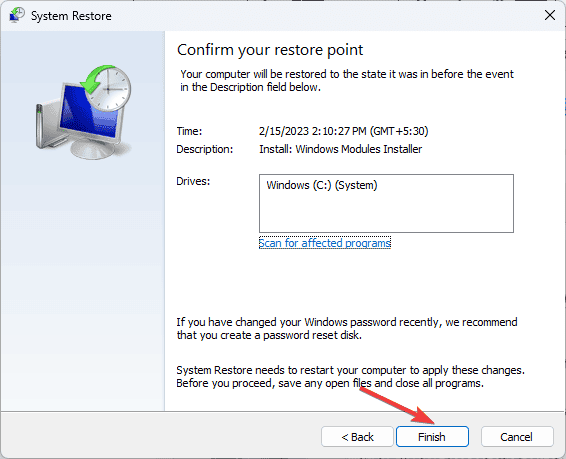

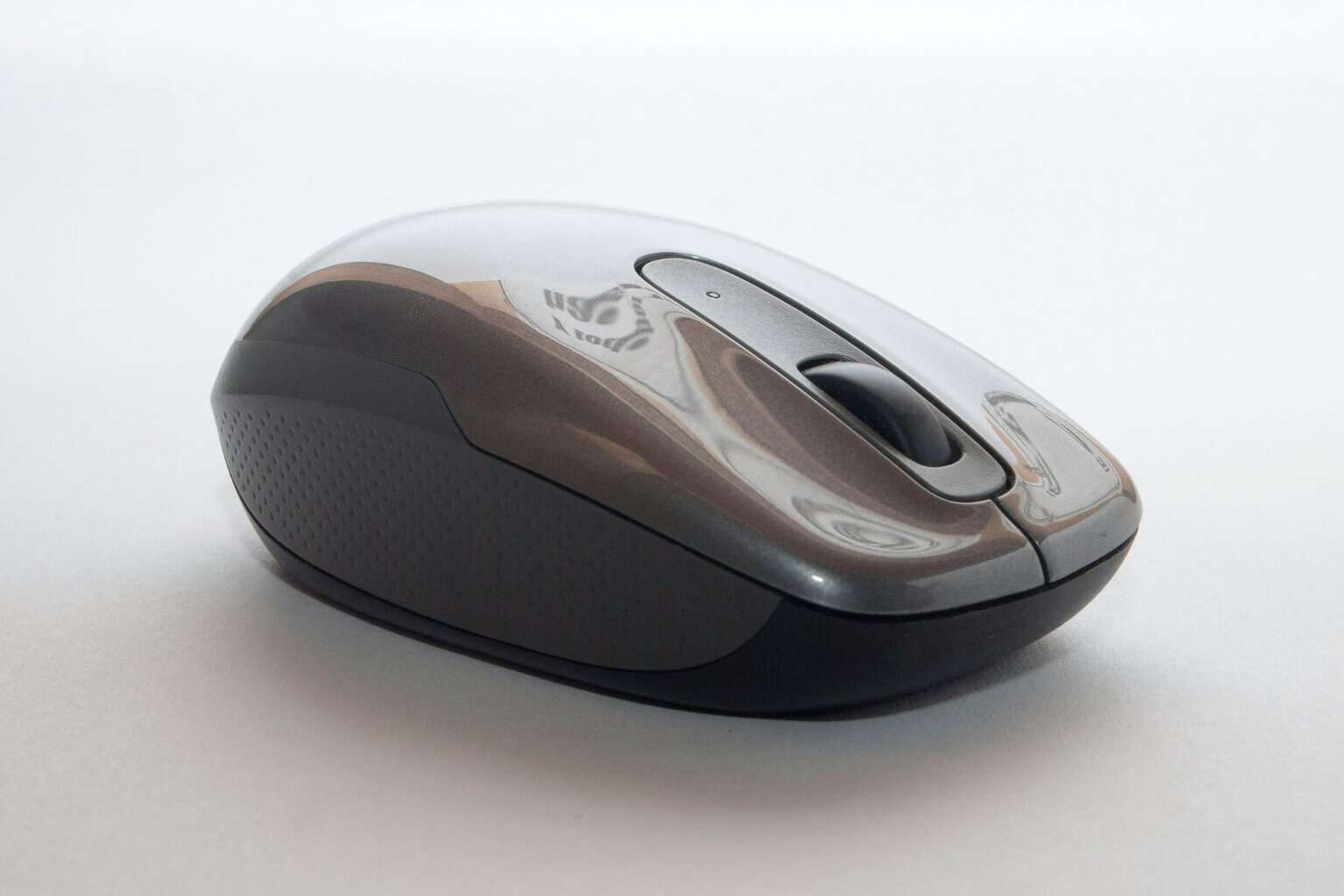
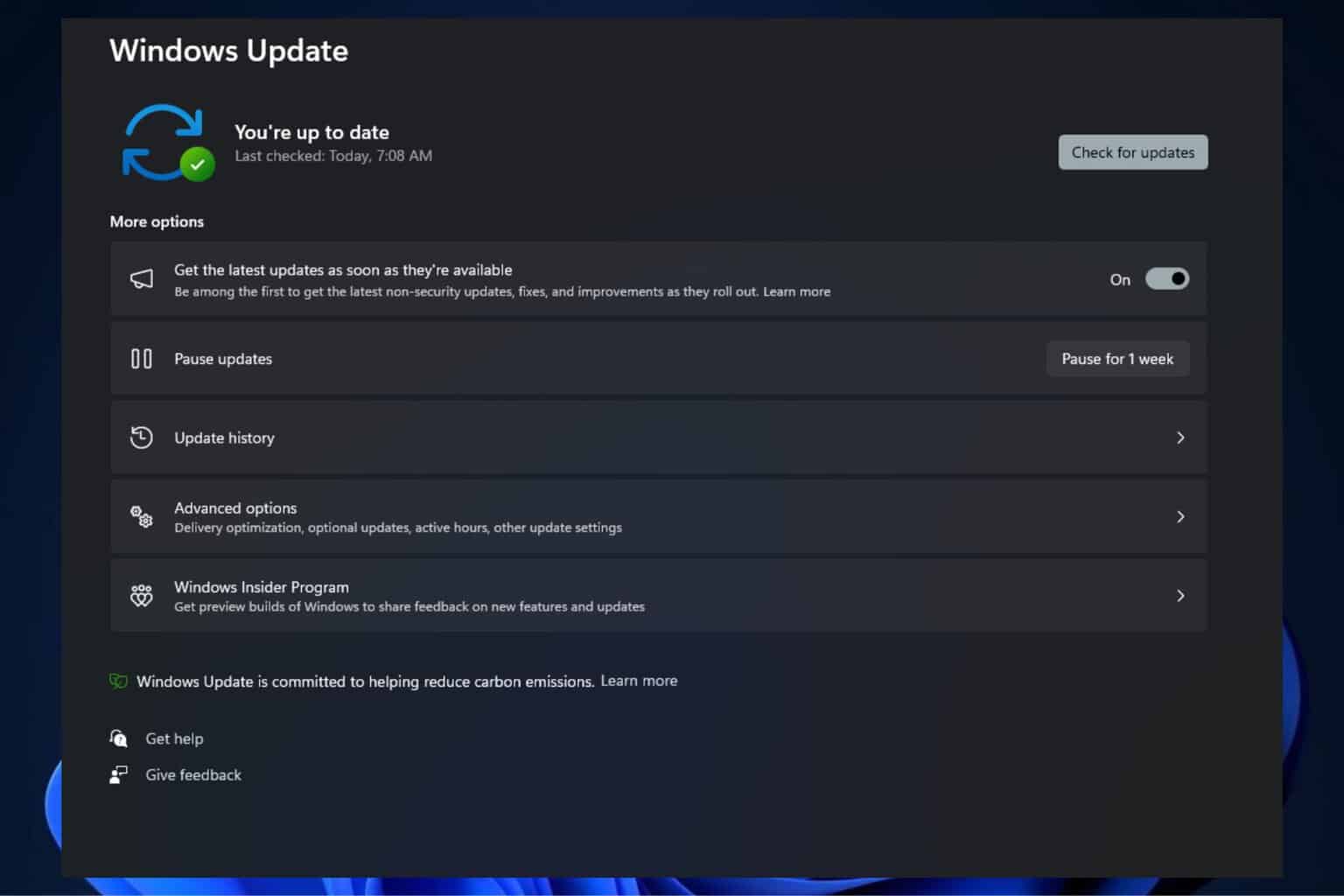
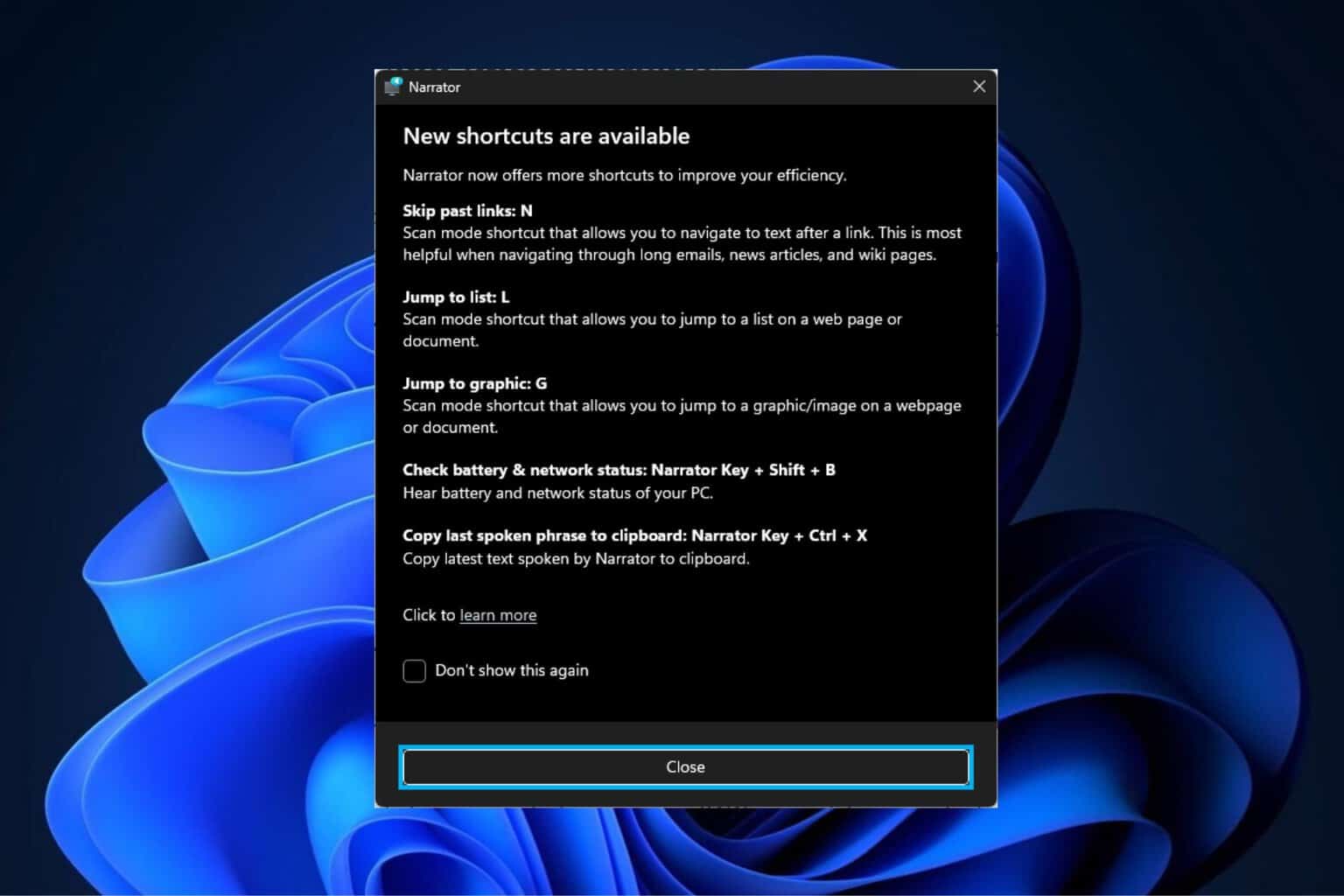
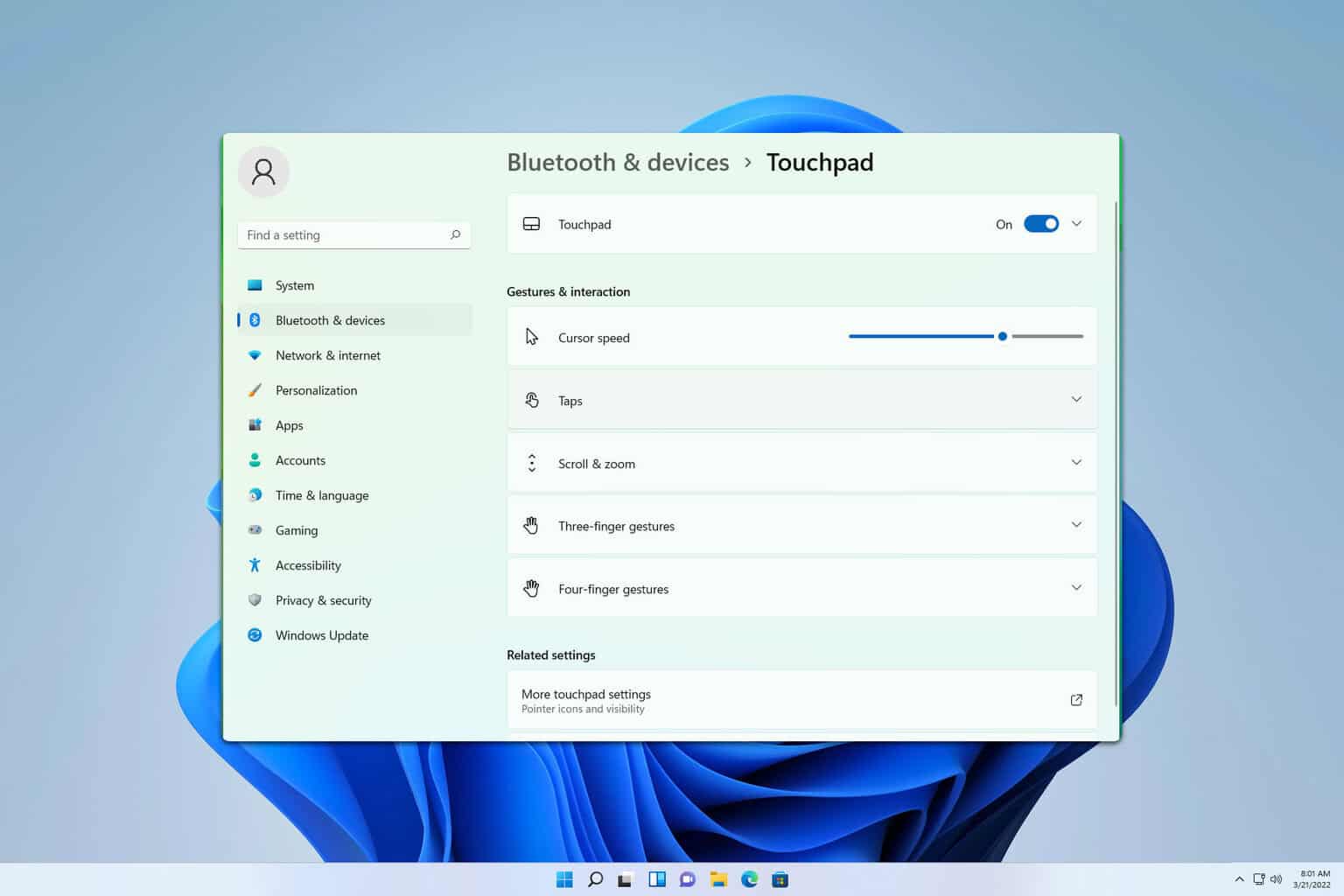
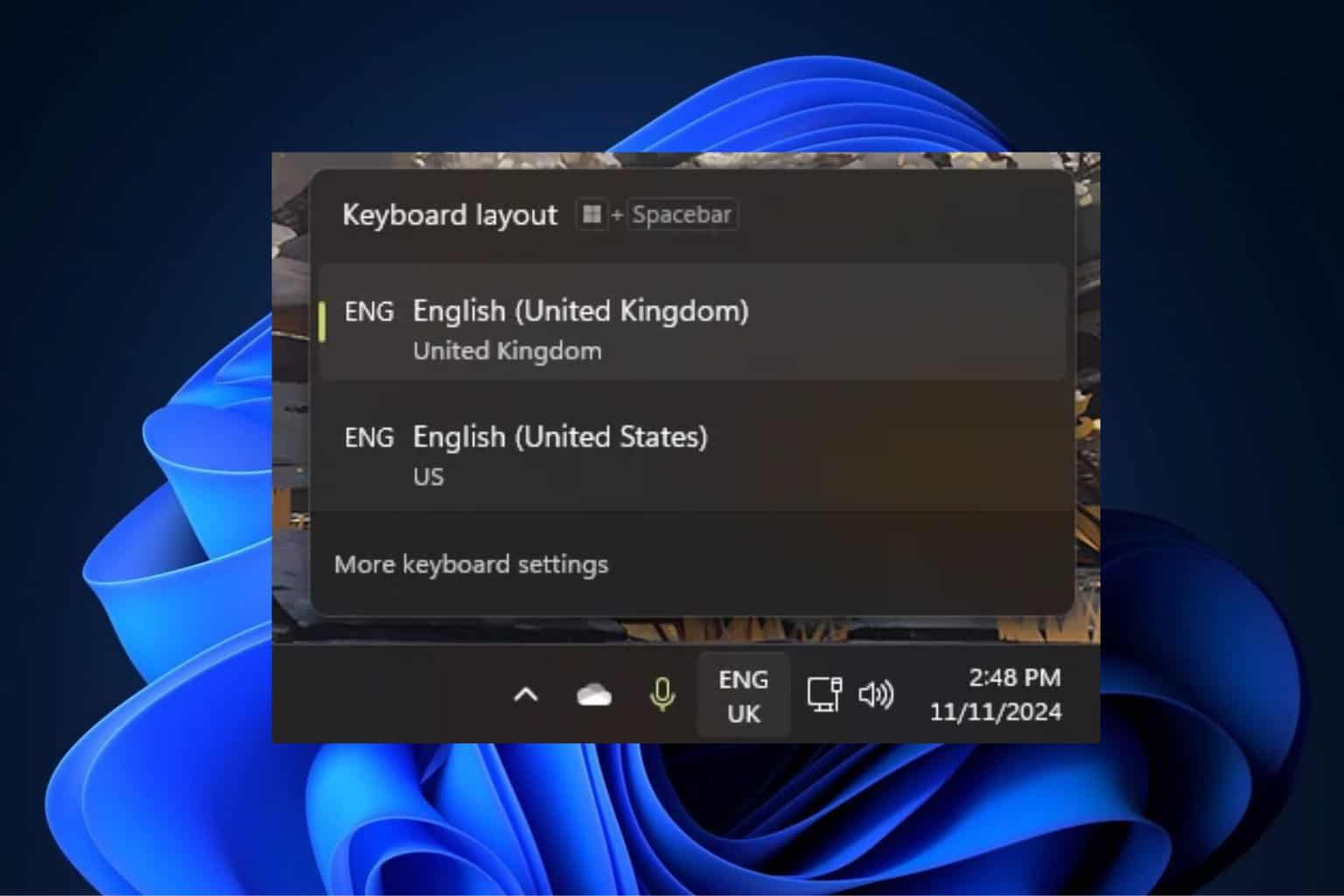
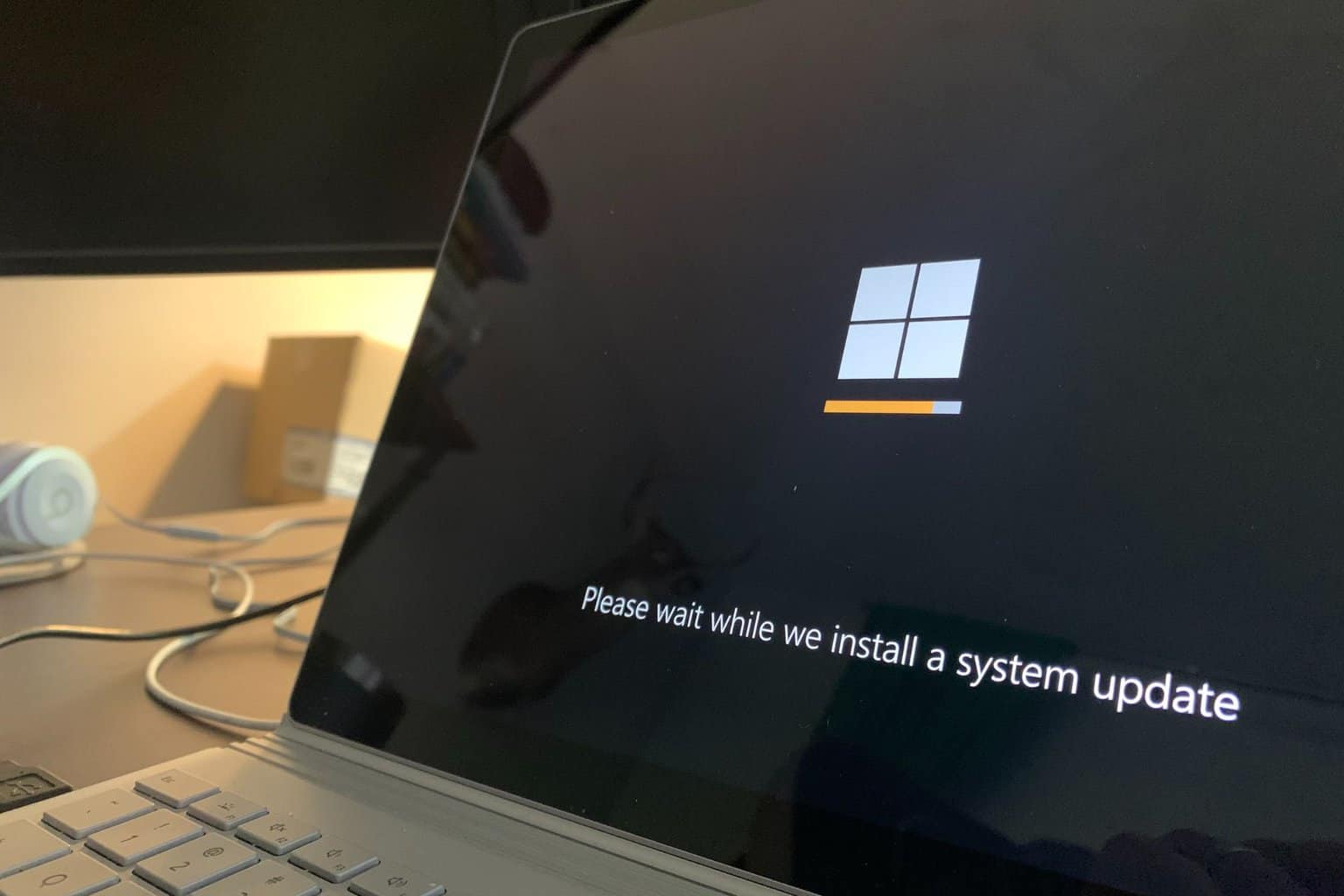
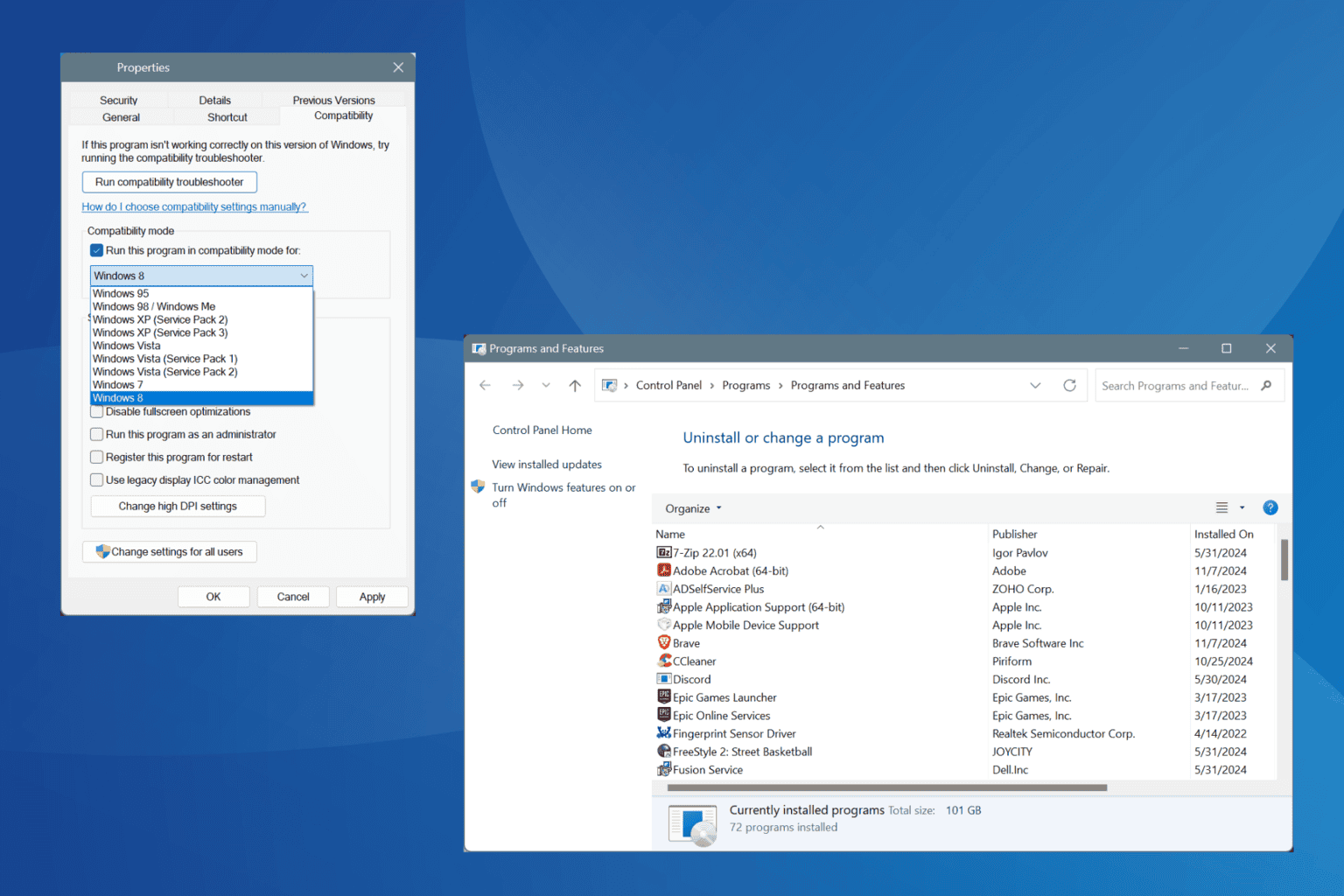
User forum
0 messages